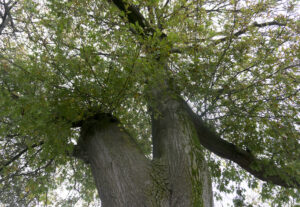Lead
Melbourne Water
Organisations that expressed support for this project
Melbourne Water consulted with a range of organisations. However, Living Melbourne stakeholder organisations that indicated specific support for this project included: Yarra Valley Water; City of Port Phillip; City of Maribyrnong; City of Wyndham.
Context
Melbourne Water has been working with consultants, GHD, to model Melbourne’s greening and cooling irrigation demand out to 2070 under different climate scenarios. Quality greening in urban environments, including diverse vegetation and large tree canopies, creates many benefits (including cooling, health, and biodiversity). However, quality greening requires adequate water availability, either from rainfall/groundwater, or from irrigation. Irrigation can be supplied from either alternative water (mostly stormwater, rainwater and recycled water) or the potable mains network. There are choices to make around what should or shouldn’t be irrigated in the future, these are linked to choices around what spaces should look and feel like, and vegetation species selection. This project is helping to inform the discussion by combining demand modelling, integrated water management and open space planning to improve liveability and provide better health equity.
Progress
A spatial irrigation model was developed in phase 1 of the project to explore the relationship between greening and cooling levels of service (how many parks, how many trees, and what is or isn’t irrigated) and the types of water that can be used. The model includes demands for irrigation for open space, trees and private gardens, as well as a means for considering the proportion of these demands that may come from alternative water compared to potable water. Results can be viewed for the whole urban area, municipalities, as well as Statistical Area 2 (SA2) scale.
In phase 2, the project team workshopped the modelling outputs with stakeholders to inform a narrative around the need for urban irrigation under future drier and warmer conditions. Irrigation demands for public open space are very likely to increase significantly into the future. Increasing from an estimated demand of 6.8 GL/year in 2020, to between 13 GL and 19 GL by 2050, and by 2070 it could go as high as 23 GL. The modelling also indicates that there is significant potential to meet this demand with the ongoing adoption of alternative water. However, potable water will also be required if there is an expectation to maintain existing green spaces.
Next steps
Outputs from the modelling and consultation are being written up in a technical report together with key messages and recommendations for further work.







